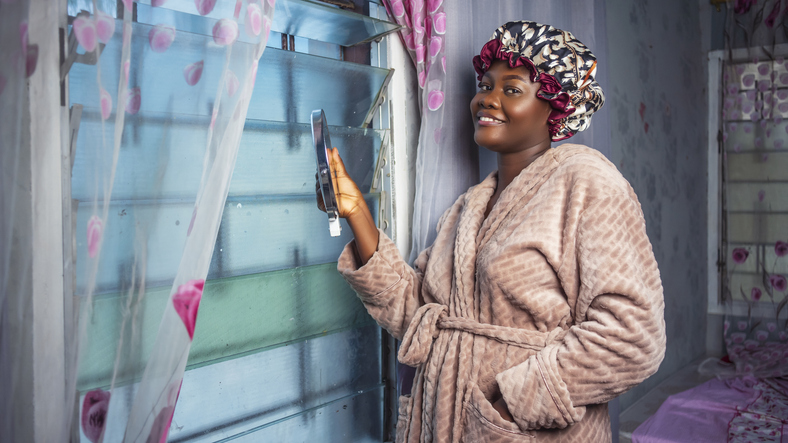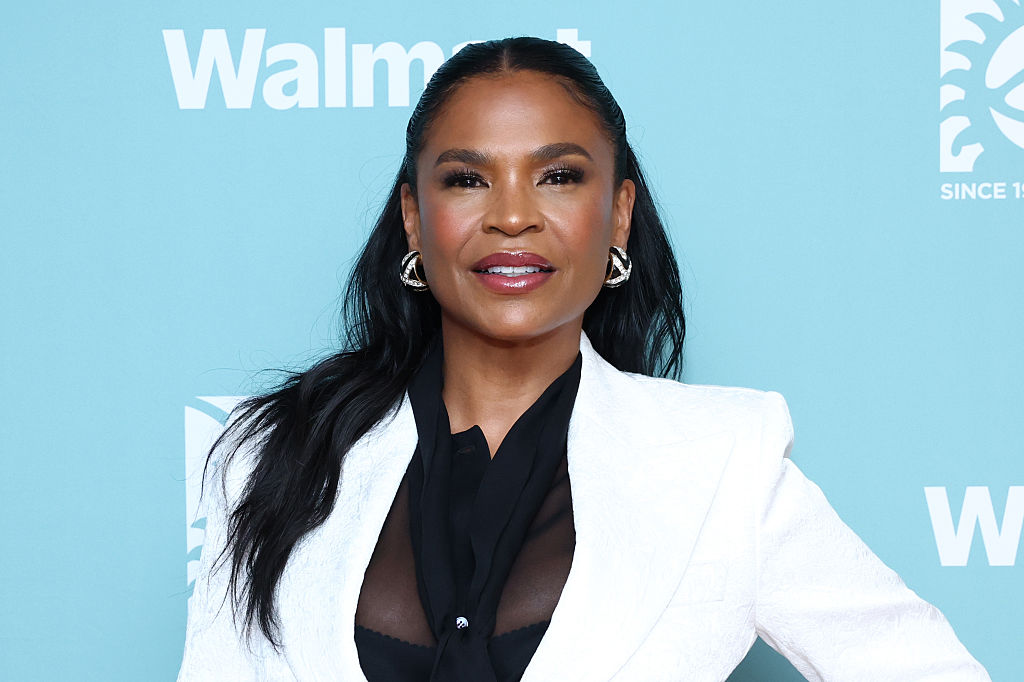Black History Month: Scenes From The Harlem Renaissance - Page 2
Share the post
Share this link via
Or copy link
It’s a challenge for many historians to discern just when the Harlem Renaissance began and ended. No doubt that all of those who lived during that time, even in Harlem, didn’t know what they were experiencing. Imagine, realizing that one of the great African-American cultural movements was taking place in a time of extreme inequality and racial strife. The era was most defined by artists like Zora Neale Hurston and Langston Hughes, who, along with other poets, writers and musicians, led an energetic movement for Black artistic expression in the 1920s and 193os.
Duke Ellington performed regularly here, and Ella Fitzgerald and Billie Holiday both launched their careers at the venue’s amateur night. You can say that the Apollo Theater was the ‘Motown’ before Motown. Today, the theater stands as an artifact on the bustling 125th street.
Although Zora Neale Hurston is known as the woman who put her beloved Eaton, Florida on the map with her classic work “Their Eyes Were Watching God,” she is also one of Harlem’s most beloved treasures and a defining element of the Harlem Renaissance literary scene. Known for her bold approach to writing and her outspoken personality, Hurston quickly gained a name for herself during the time, although it was writer Alice Walker who brought her work to the nation’s attention many years later. Hurston’s friendship with Langston Hughes was remembered as a fruitful and artistically productive relationship until a dispute over writing credits ended their friendship, which many cite as a significant turn of events.
From left to right: Poet Langston Hughes, sociologist Charles Spurgeon Johnson, historian E. Franklin Frazier, doctor and author Rudolph Fisher, and legislator Hubert Delaney.
There’s no doubt that Langston Hughes was the central character of this period. The prolific writer first came to Harlem as a student of Columbia University (from which he dropped out) and returned following his graduation from Lincoln University in 1929.
Although many people these days know Hughes for his poem, “A Dream Deferred,” he has published 16 books of poems, three collections of short stories, and two novels during his active career. And that’s not mentioning the operas, plays, fiction and edited anthologies he also produced. Hughes’ message was one of self-distinction and liberation from Eurocentric expectations. He once wrote, “I am ashamed for the black poet who says, ‘I want to be a poet, not a Negro poet,’ as though his own racial world were not as interesting as any other world.” Hughes wrote about Black society and culture and inspired other artists to do so as well, whether it involved racism, politics, or the everyday struggles of Blacks.
UNIA Parade
There was certainly a tapestry of ideas that emerged during the renaissance and Marcus Garvey was responsible for ushering in an alternative idea with his “Back to Africa” movement. He founded the The Universal Negro Improvement Association and African Communities (Imperial) League (UNIA) in 1914 to unite Blacks all over the world. One of the achievements of the organization included assisting African-Americans in relocating to Liberia. By 1920, the association had over 1,100 divisions in more than 40 countries. Garvey successfully brought the message of Pan-African and Black Nationalism to the forefront.
Thought leader W.E.B. Dubois had already made a name for himself by 1899, so during the 1920s and 30s, he essentially helped to foster up-and-coming writers by giving them an outlet in his journal The Crisis (the media outlet of the NAACP he co-founded). Although at odds with such leaders as Marcus Garvey, DuBois was active in promoting the work and education of Black leaders for the sake of uplifting African-American society overall.
Alain LeRoy Locke was a Harvard-trained writer, philosopher, educator, and arts patron and is known as the “Father of the Harlem Renaissance”. He was a documentarian of the movement as well as an evangelist. In his anthology “The New Negro,” he said that “the pulse of the Negro world has begun to beat in Harlem.” Locke was an avid promoter of the works produced by the primary players of the era.
"Song of the Towers" from the mural series Aspects of Negro Life
Aaron Douglas was one of the premiere African-American artists at the time, working as an illustrator for the two most important publications of the Renaissance, The Crisis and Opportunity. W.E.B. DuBois and Alain Locke both saw the potential in Douglas and helped guide his talents. His modernist, African-inspired style captured “the Jazz Age with rigor and strength.”
Most of the artists who fueled the Renaissance weren’t from New York at all – they were migrants from the South. So it’s not surprising that a cultural movement was fueled by the 1.5 million Southern blacks who moved to big cities in search of bigger and better opportunities between 1919 and 1926. Besides New York, during the 1910s and 1920s, Chicago’s black population grew by 148 percent; Cleveland’s by 307 percent; Detroit’s by 611 percent.
The Cotton Club was one of Harlem’s institutions that fostered and incubated the “Jazz Age.” Known as a speakeasy, the Cotton Club existed during the time of prohibition and provided a tantalizing option for White clientele who wanted to drink and mingle with Black folk. The club was designed to evoke the feel of a luxurious Southern plantation so only performances by African-Americans were allowed. Many great jazz musician performed there including Louis Armstrong.
-

Vontélle Eyewear Founders Score History-Making Licensing Deal With Paramount
-

She Tried It: Ivy Park Drip 2 and 2.2 Black Pack
-

She Tried It: Inahsi Naturals Aloe Hibiscus Leave-In Conditioner & Detangler
-

'Can't Walk While Black' — Pregnant Woman Ticketed For Walking On ‘Wrong Side’ Of The Road — But Her White Husband Wasn’t









